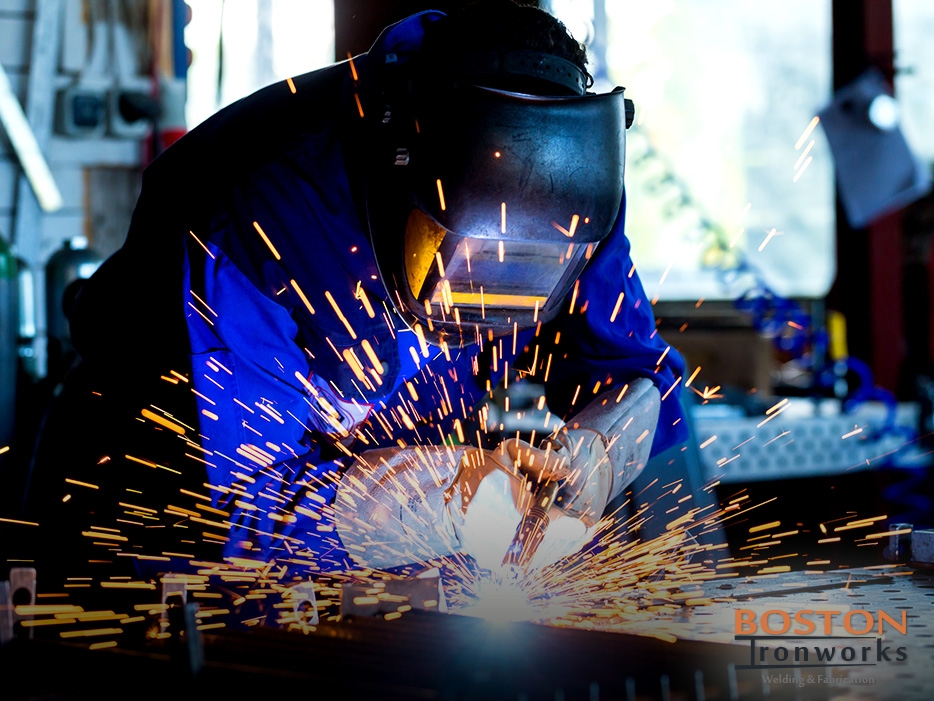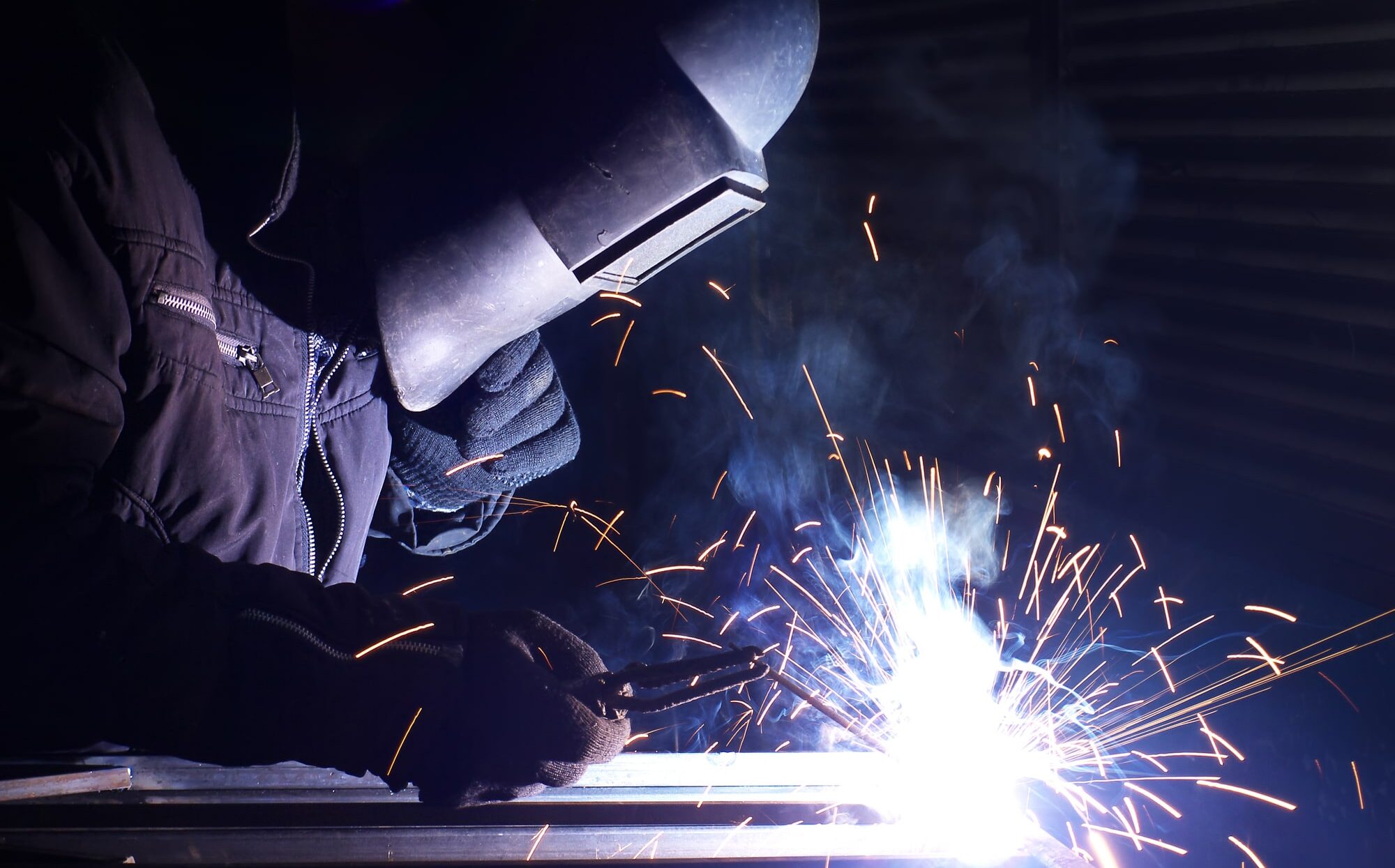Reliable weld inspection practices shared by Montana Mobile Welding and Repair
All About Welding: Trick Insights Into Techniques and Ideal Practices for Success
Welding incorporates a variety of methods, each fit for particular materials and applications. Understanding these approaches, such as GMAW, SMAW, and TIG, is vital for attaining perfect results. The appropriate devices and safety techniques can not be ignored. As prep work and repairing play vital functions in the welding procedure, grasping these elements can significantly enhance the top quality of the end product. What are the essential factors that guarantee an effective weld?
Understanding Different Welding Methods
Welding techniques incorporate a range of techniques, each suited to specific applications and products. Among one of the most common methods are Gas Metal Arc Welding (GMAW), Secured Metal Arc Welding (SMAW), and Tungsten Inert Gas Welding (TIG) GMAW, additionally called MIG welding, is popular for its speed and versatility, making it optimal for thin materials. SMAW, or stick welding, is preferred for its simplicity and effectiveness in outside environments, specifically with thicker metals. TIG welding offers accuracy and control, making it ideal for elaborate job and non-ferrous metals (Welding). Each method has its distinct advantages and factors to consider, allowing welders to pick the best approach based on the project's requirements, material kind, and preferred outcomes. Comprehending these methods is vital for effective welding
Important Welding Equipment and Tools
While different welding methods need certain abilities, the appropriate equipment and tools are similarly vital for accomplishing quality results. Vital welding devices consists of welding equipments, which vary depending upon the technique-- such as MIG, TIG, or stick welding. Protective equipment, consisting of helmets, gloves, and aprons, warranties safety and security and comfort during the process. In addition, clamps and fixtures help secure products in area, making sure precision in welds. Consumables like welding rods, cord, and securing gas are likewise essential elements that influence the quality of the weld. Tools such as cutters and mills assist in surface prep work and post-weld completing, contributing to an expert end result. Buying high-quality equipment ultimately boosts the effectiveness and performance of welding jobs.
Safety And Security Practices in Welding
Correct security practices are necessary in the welding market to safeguard employees from potential dangers. Welders must put on suitable personal safety equipment (PPE), including headgears with appropriate shading, gloves, and flame-resistant apparel. Sufficient ventilation is crucial to reduce direct exposure to harmful fumes and gases generated throughout the welding process. In addition, employees ought to be trained in the appropriate handling of welding equipment to avoid mishaps. Fire safety actions, such as maintaining flammable products away from the welding area and having fire extinguishers readily available, are necessary. Regular evaluations of tools and work areas can assist determine prospective dangers prior to they lead to mishaps. By sticking to these safety practices, welders can produce a much safer working setting and minimize dangers related to their trade.
Preparing Materials for Welding
Preparing materials for welding is a crucial action that greatly influences the quality and stability of the last item (Montana Mobile Welding and Repair Welding). Appropriate preparation involves cleaning up the surface areas to remove impurities such as dirt, rust, and oil, which can endanger the weld. Strategies such as grinding, fining sand, or using solvents are typically used to attain a clean surface. Additionally, guaranteeing that the products mesh snugly is necessary; spaces can cause weak welds. It's additionally crucial to consider the placement and positioning of the parts, as this will impact the convenience of welding and the final end result. Lastly, selecting the appropriate filler product and guaranteeing compatibility with the base steels is necessary for achieving strong, long lasting welds
Tips for Getting High-Quality Welds
Achieving premium welds calls for attention to detail and adherence to finest techniques throughout the welding process. Correct joint prep work is essential, ensuring surface areas are clean and totally free from contaminants. Choosing the proper filler product and welding technique based on the base steels is vital for excellent bonding. Maintaining regular traveling speed and angle while welding can promote and stop problems uniformity. Additionally, regulating warmth input is vital; extreme warm can bring about bending and weakened joints. If needed, consistently inspecting the welds throughout the procedure permits for prompt modifications. Utilizing appropriate post-weld therapies, such as cleansing and stress alleviation, can enhance the toughness and integrity of the weld, ultimately guaranteeing an effective result.
Troubleshooting Typical Welding Issues
Welding often presents challenges that can affect the high quality and honesty of the end product. Usual issues such as porosity, irregular weld beads, and overheating can occur, each needing certain troubleshooting methods. Understanding these issues is necessary for welders to boost their abilities and accomplish suitable outcomes.
Porosity Troubles Described
Although porosity can commonly be neglected, it remains a critical problem in welding that can compromise the honesty of a completed item. Porosity refers to the existence of tiny gas pockets within the weld grain, which can lead and compromise the joint to early failing. This problem typically emerges from contaminants, dampness, or improper shielding gas insurance coverage during the welding procedure. To mitigate porosity, welders need to confirm that the base products are dry and tidy, utilize appropriate shielding gases, and keep constant welding parameters. On a regular basis inspecting the tools and setting can also assist identify potential issues before they show up in the weld. Attending to porosity properly is crucial for achieving strong, sturdy welds that satisfy quality standards.

Irregular Weld Beans
Irregular weld beads can greatly affect the quality and stamina of a finished item. Numerous elements add to this concern, consisting of incorrect traveling rate, inaccurate amperage setups, and inconsistent electrode angles. When the welder moves too rapidly, a grain may show up narrow and do not have infiltration, while moving as well gradually can create excessive accumulation. Additionally, making use of the wrong amperage can cause either damaging or too much spatter, both of which compromise weld stability. The welder's strategy, such as inconsistent torch motion, can additionally lead to uneven grain appearance. To flux wire welder mitigate these problems, welders should concentrate on preserving consistent, controlled motions and ensuring appropriate devices settings to accomplish uniformity in their welds. Uniformity is vital to accomplishing strong and trusted Go Here welds.
Getting Too Hot and Bending Issues
Extreme heat throughout the welding procedure can result in substantial getting too hot and contorting issues, impacting the architectural stability of the work surface. These troubles typically materialize as distortion, which can jeopardize positioning and fit-up, making more setting up challenging. Factors adding to overheating consist of the selection of welding specifications, such as voltage and take a trip speed, as well as the kind of product being bonded. To mitigate these concerns, welders ought to keep regular traveling speed and proper warmth input while monitoring the workpiece temperature. Furthermore, preheating or post-weld heat therapy can help ease tensions brought on by fast air conditioning - Belgrade Welding. Routine assessment and adherence to best methods are vital in preventing overheating and ensuring the durability and reliability of bonded frameworks
Often Asked Inquiries
What Are the Profession Opportunities in the Welding Market?
The welding sector uses diverse occupation chances, consisting of positions as welders, designers, examiners, and educators. Specialists can work in manufacturing, building, aerospace, and automobile industries, taking advantage of strong demand and competitive salaries in various roles.
Exactly How Can I Enhance My Welding Rate Without Compromising Quality?
To boost welding speed without sacrificing high quality, one must exercise efficient strategies, keep tools, maximize setups, and enhance hand-eye sychronisation. Regular training and looking for comments can also substantially add to achieving faster, premium welds.
What Accreditations Are Readily Available for Welders?
Many accreditations exist for welders, including those from the American Welding Society (AWS), the National Facility for Building Education And Learning and Research Study (NCCER), and different industry-specific companies. These qualifications boost employability and demonstrate skill efficiency.
Exactly How Does Welding Affect the Properties of Metals?
Welding influences the homes of metals by modifying their microstructure, which can cause changes in stamina, ductility, and firmness. Heat input and cooling prices during the procedure significantly affect these product qualities.
Can I Bonded Dissimilar Metals With Each Other?
